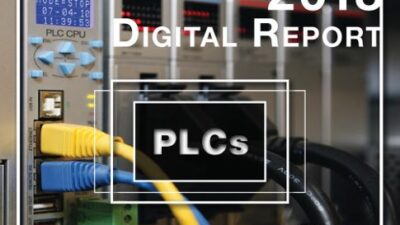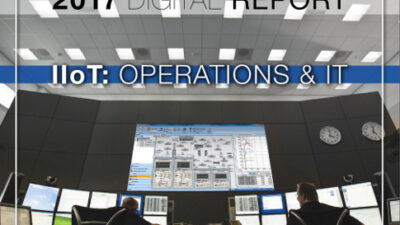Two Snap PAC brains (new and higher performance Snap I/O processors), part of a new suite of hardware and software from Opto 22, are said to be easier to understand, simpler to select and configure, and less expensive to install.
Temecula, CA —I/O processors and PAC racks are among the new offerings in a redesigned and simplified suite of hardware and software from Opto 22 . The more than 20 revamped products include project, simulation, and connectivity software; I/O processors, modules, and racks reported to be easier to understand, simpler to select and configure, and less expensive to install. For more details on the launch, read “
Opto 22: Automation hardware, software needs to get simpler
.”
The two Snap PAC brains (new and higher performance Snap I/O processors) feature dual, switched 10/100 Mbps Ethernet interfaces that support designing I/O networks in a multi-drop configuration, and consolidate capabilities from seven previously offered brains, with new features. The new brains have a built-in switch and can be “daisy-chained” on Ethernet cabling; the need for external, standalone Ethernet switches is reduced; and lengthy cable runs associated with traditional star-configuration Ethernet networks are minimized. The brains’ processors can offload from the host controller or PC such time-critical tasks as counting, latching, thermocouple linearization, PID loop control, event messaging, scaling, engineering unit conversion, ramping, and time-proportional outputs. They have simultaneous protocol support for Modbus/TCP, OptoMMP, FTP, TCP/IP, UDP/IP, SMTP, SNMP, and others, and each can address a mix of up to 512 analog, digital, serial, and special-purpose I/O points on one rack.
Four new Snap PAC racks share a standard consolidated mounting rack architecture to create I/O units that combine rack-mounted Snap PAC R-Series programmable automation controllers (PACs) or Snap PAC brains, and Snap I/O. Users now can mix analog, digital, serial, and special-purpose modules in any position. The racks simplify the number of racks from 15 to four.
—Control Engineering Daily News DeskEdited by Mark Hoske , editor in chief


